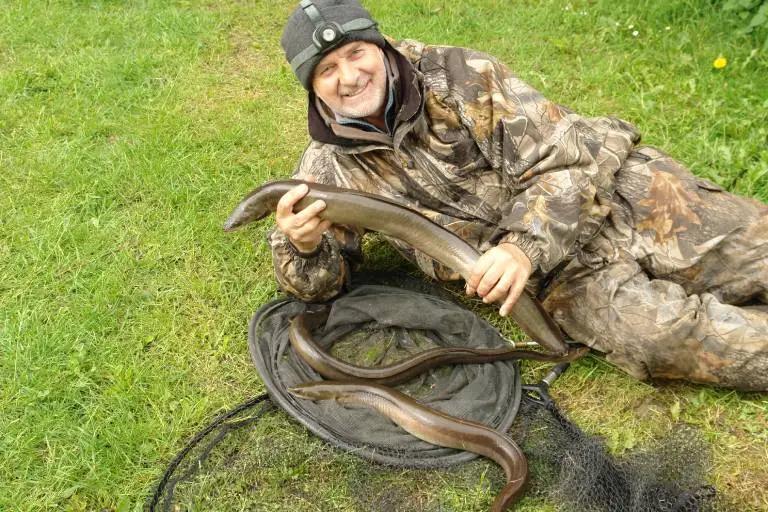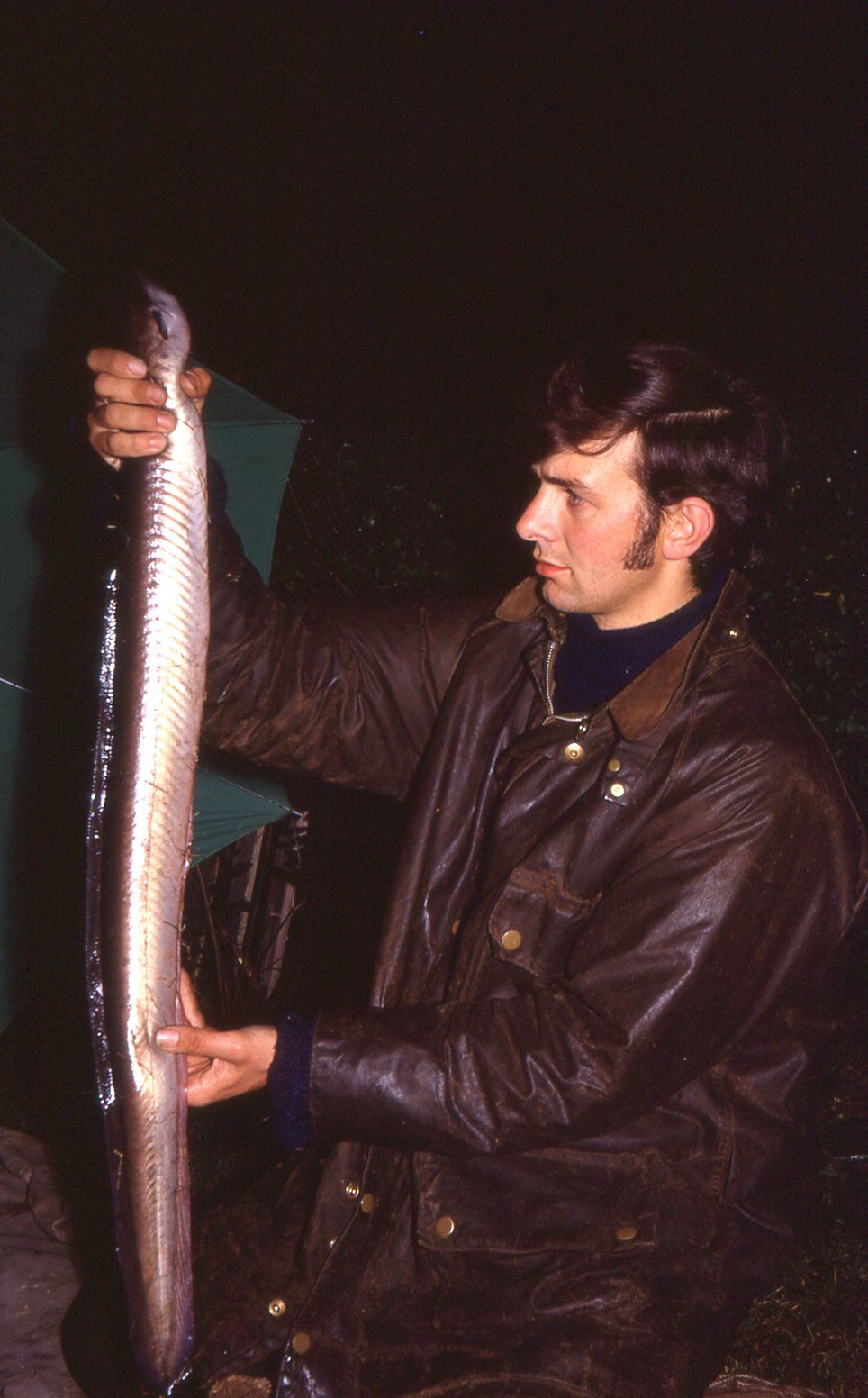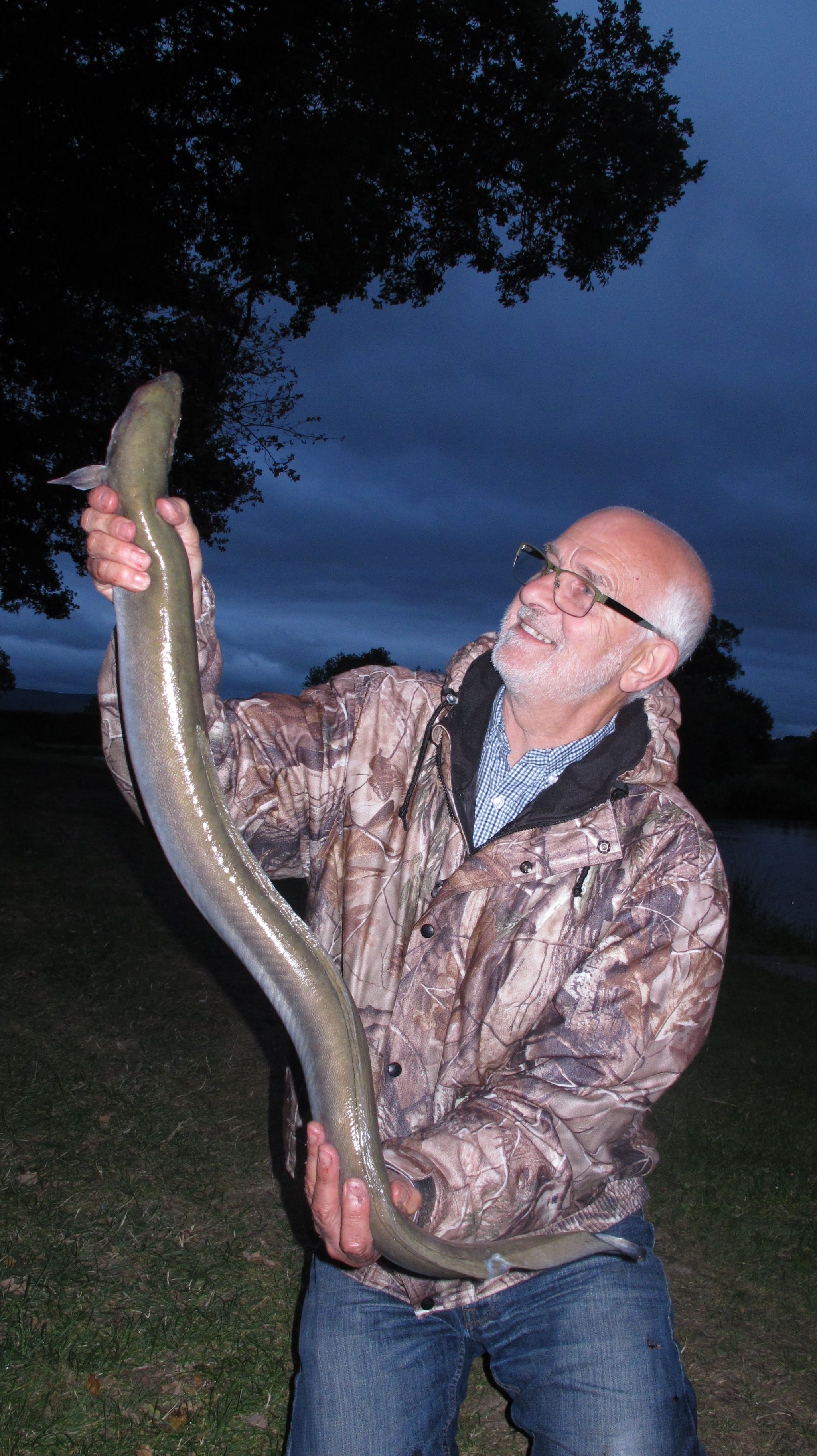Eel

Anglers tend to be very interested in the incredible life cycle of the eel and the anecdotes regarding its behaviour, yet very few fish for them by design. That’s probably not a bad thing right now as their numbers have plummeted in recent decades, partly through environmental reasons, but also through overfishing by nets at both the elver and adult stage.
Their amazing life cycle can be summed up in a simple way. They spawn in the Sargasso Sea, and then make an incredible journey across the Atlantic Ocean. They populate our rivers and lakes, and then return to repeat the cycle. That’s probably enough information for us anglers, but the facts go far deeper and are enshrouded with mystery and lack of detail. If you would care to check out Wikipedia – Eel Life History - and delve into some of the associated papers, you will find a wealth of absorbing reading that will leave you in no doubt that this is quite an incredible creature.
They used to be commercially harvested for food in great numbers in the UK river estuaries when they arrived from the sea and were only a few inches long. Then the adult eels were again harvested when the started their return journey to spawn. In between these two periods in their life cycle, is when us anglers’ fish for them. Although anglers have contributed a negligible amount to the eel’s decline in numbers, we have restrictions imposed upon us as to how we fish for them. Potential eel anglers would be advised to check out the Environment Agency latest laws regarding fishing for eels.
Fishing for them is quite a simple affair, and there is no need for complex tackle or bait. The tackle needs to be strong enough to haul them from snags, which they will make every effort to get their tails around, and the bait choice for me is simply worm or a dead coarse fish. Livebaiting is a fantastic method if you can overcome the problem of keeping a bait alive in warm summer water temperatures. Legering is a most popular method, and preferred to freelining, which is a method that slows down bite detection and leads to deep hooking.

Serious eel anglers understand how eels don’t always feed on the bottom, as is widely believed, and have developed mid water and surface rigs. Others are experimenting with more unusual baits.
Fishing is mostly carried out at night, but sport can often be found in the daytime in water that is naturally coloured, or coloured by floodwater. The eel has a very acute sense of smell and anglers like to puncture their deadbaits or cut off the ends of their worms to increase attraction.
Eel anglers often tend to become obsessed and classed as eccentrics. Maybe that’s the result of endless nights without sleep and wandering around in the dark, covered in mud and slime, and feeling like ‘death warmed up’ in the morning. Not a pursuit recommended for the family man or one with a weak stomach!
Related images







